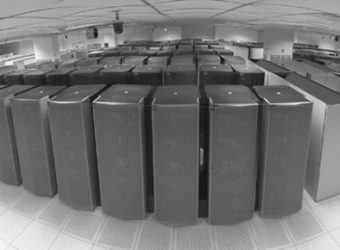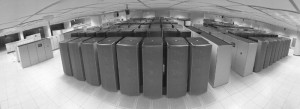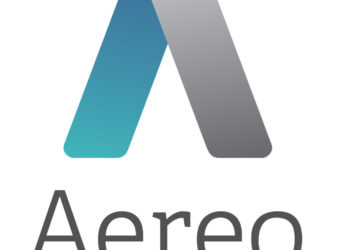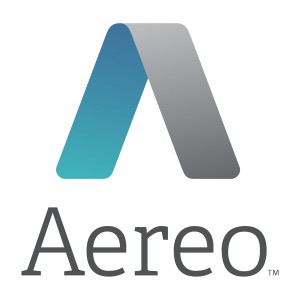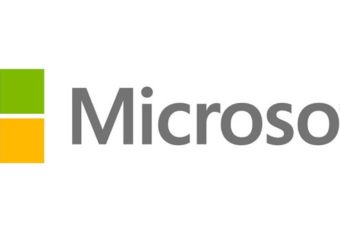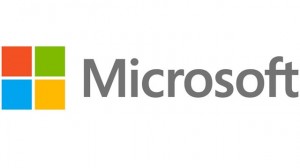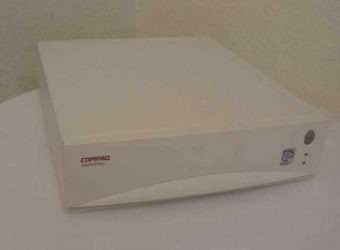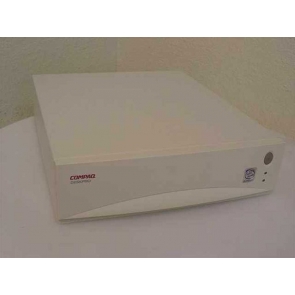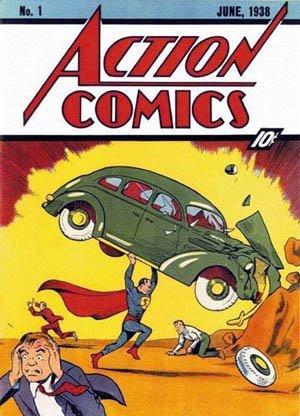July 24, 2013: Chromecast TV Dongle Debuted
Subscribe! Spotify | RSS | More
2013: Google put on a “Secret Town Hall” meeting. Nobody knew what was going on, although some speculated it had to do with the TV. In their major announcement, Google introduced Chromecast – the HDMI-based set top box that was small enough to plug into the TV and not see it. The 2.83 inch dongle could stream YouTube or Netflix (at the time), along with a feature that turned your Android or iOS device into the remote.
The video would push to the TV while the mobile device could continue on searching, playing games, and more.
Chromecast debuted at $35 with 3 free months of Netflix.
It’s whats known as “Data Pass”. You went up to Orbitz, Buy.com, Fandango, Shutterfly, Priceline or Continental Airlines and purchase something. You are then asked if you want to be a part of the loyalty program. If you say yes, the credit card would be passed to a 3rd party affiliate, like WebLoyalty, Vertue and Affinion. They would then continue to bill your card. This issue broke lose in 2009 and the US Senate commerce Committee started looking into the issue.On Aug 10, 2010, Affinion (parent company to Data Pass) agreed to pay 8 million in damages. An additional $2 million would be paid between 5 – 3rd party companies that included Classmates.com and FTD. A small amount to the millions they swindled for years…
Subscribe to Day In Tech History:
RSS Feed - iTunes - Android - Spotify - iHeartRadio
Facebook -
- RSS Bandwidth by Cachefly Get a 14 Day Trial
- Join me on Patreon and support Day in Tech History
- Caldera International buys DR-DOS from Novell
- AMD acquires ATI Technologies
- Podcaster Leo Laporte walks over to record the first show from their new TWIT Brickhouse.
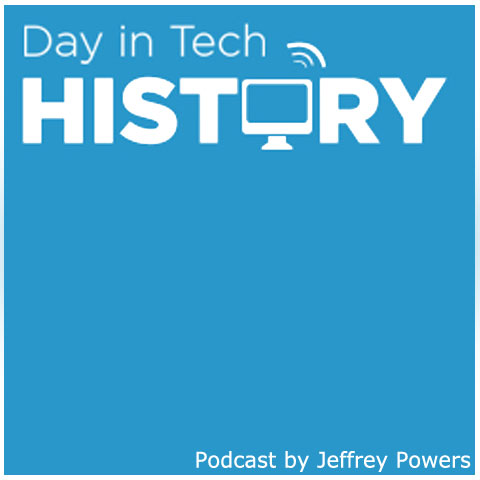
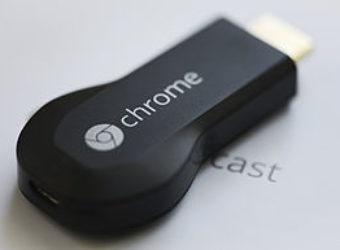

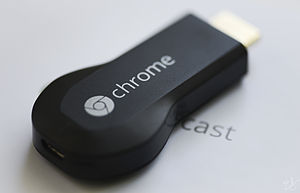


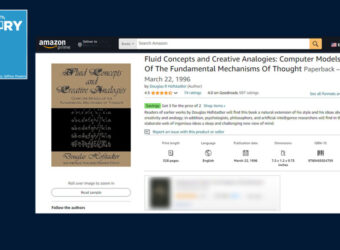

![Hotmail[1] Hotmail](https://dayintechhistory.com/wp-content/uploads/2013/07/Hotmail1-340x250.png)

